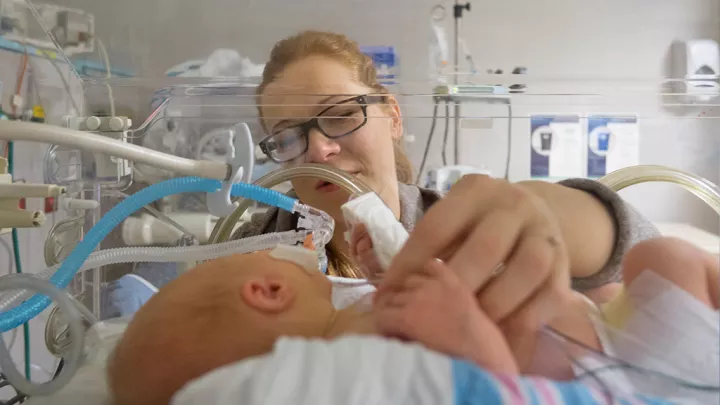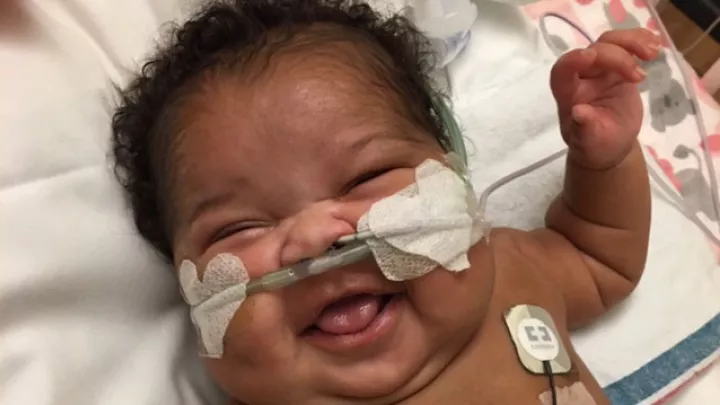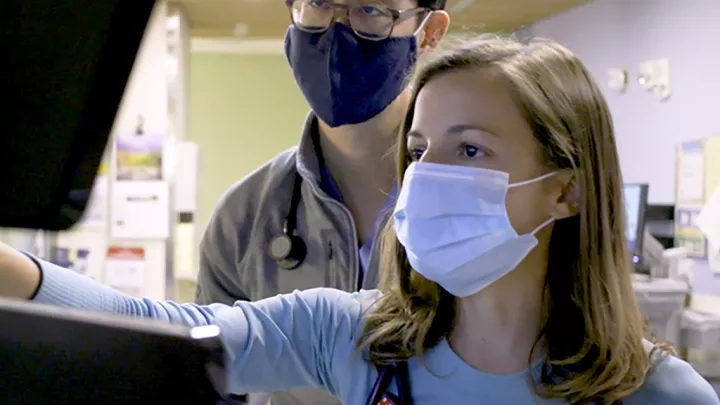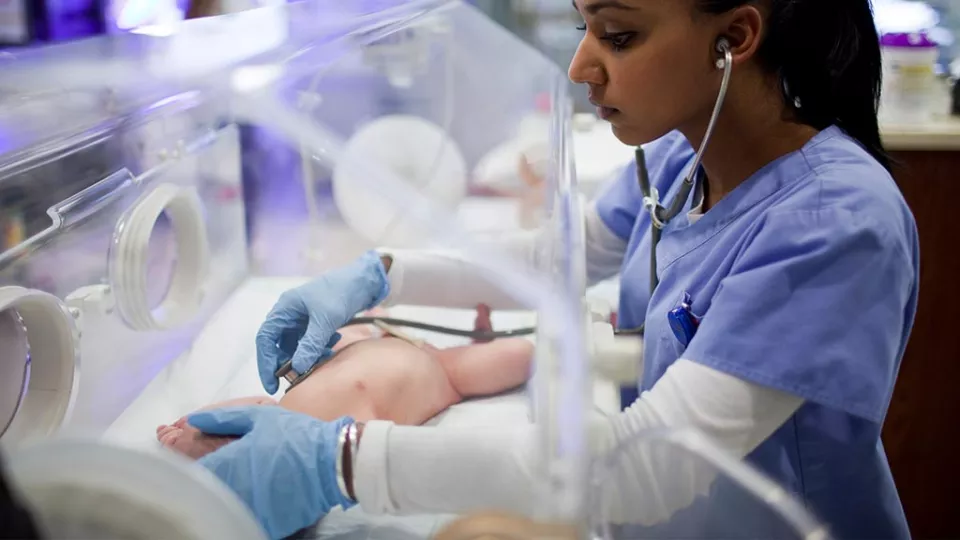
Improving Care for Babies With Bronchopulmonary Dysplasia
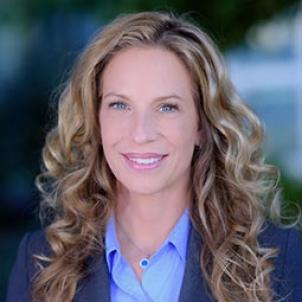
Nurse Practitioner Sarah Heinonen, DNP, APRN, CPNP, has a lot of hope for babies with bronchopulmonary dysplasia (BPD), including those with severe disease.
“Twenty years ago, many of these babies weren’t even surviving, but we’ve seen so much advancement since then,” she says. “Today, a lot of babies who need to be on a ventilator can get off of it by the time they’re 3. If you do a lot for their lung health in the neonatal, infancy and toddler stages, you can really change the trajectory of their life.”
Further improving the lives of these babies with chronic lung disease is the goal of the BPD Collaborative, an international multicenter effort that Children’s Hospital Los Angeles joined last year. The group includes 26 institutions from the U.S., Canada and Sweden that have joined forces to boost research and optimize and standardize care for patients with severe BPD.
At Children’s Hospital Los Angeles, the project is being co-led by Pediatric Pulmonologist Manvi Bansal, MD, Neonatologist Narayan Iyer, MD, and Heinonen.
“In terms of better understanding this disease and the best treatments for it, no one center can do it alone,” says Dr. Iyer. “But together we can solve this problem and learn how to best manage these babies.”
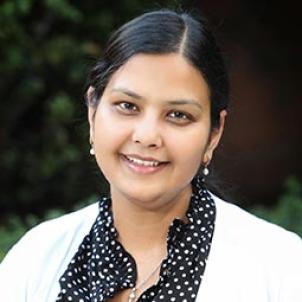
Standardizing care
BPD affects an estimated 10,000 to 15,000 babies a year, particularly premature infants. Ironically, the very treatments necessary for those babies’ early survival—oxygen and sometimes mechanical ventilation—can scar delicate infant lung tissue, causing BPD.
While progress has been made in both preventing premature birth and better treating BPD, it remains a lifelong condition. There’s also little agreement among centers about how to best care for these vulnerable patients, who can have a wide range of needs—from occasional oxygen to home mechanical ventilation.
Members of the BPD Collaborative participate in twice-monthly meetings to share their practices and discuss cases to learn from each other. Children’s Hospital Los Angeles has also been actively enrolling patients in the group’s multicenter research studies, which are aimed at determining the best care for patients.
“We need to put our minds together to find an evidence-based way to treat and manage these patients going forward, and that’s what the BPD Collaborative allows us to do,” says Dr. Bansal. “My eyes are always open and my ears are always listening to the experiences of others in the group. It’s all about sharing and learning from each other.”
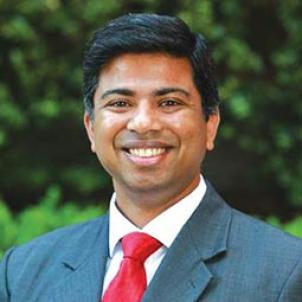
Coming together
The hospital’s participation has also fostered new internal collaborations around BPD. Heinonen says multiple physicians and other providers at Children’s Hospital Los Angeles—from neonatologists to respiratory therapists to dietitians—have joined the Collaborative’s efforts.
“People I didn’t even know before have come up to me and said, ‘Can I be part of the group? I really have an interest in BPD and in helping these patients,’” Heinonen says. “They’re so engaged because this is a topic that’s near and dear to them. It’s been really exciting to see everyone come together to help these children.”
